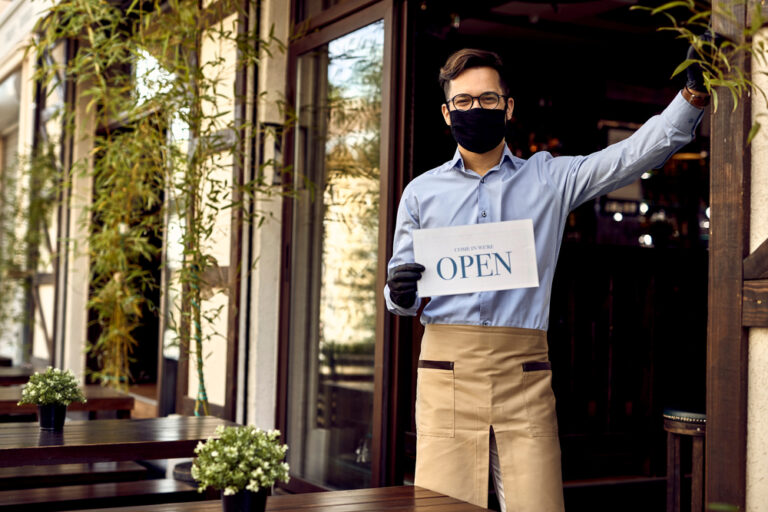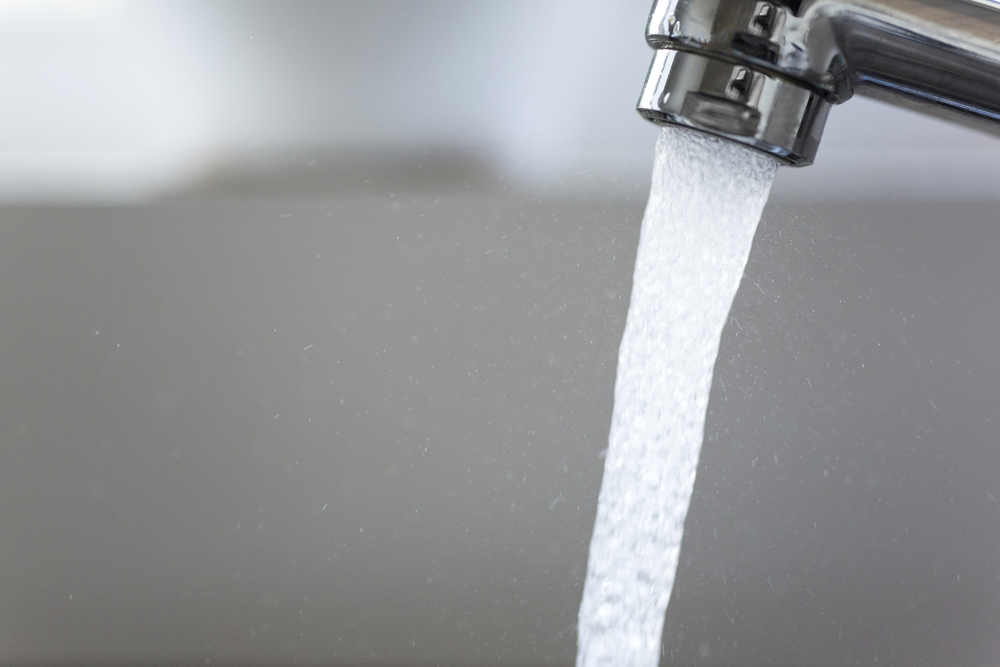Whether your building was shut down due to COVID-19 or a seasonal closure, it’s important to take precautionary steps when reopening. This includes flushing your plumbing fixtures before resuming normal operations to ensure good water quality in your building.
When water is not moving through a plumbing system over an extended period of time, the water becomes stagnant and can lead to numerous issues. Checking your building’s water after a prolonged closure is important for all businesses, especially hotels, restaurants, and facilities that serve vulnerable populations.
If you’re looking to reopen your building after a prolonged closure, here are the steps you need to take to ensure that the water is safe for use and consumption.
The Risks of Prolonged Closures and Water Use
The significant reduction in water use in a building can compromise water quality in pipes and appliances as well as heating and cooling systems. This extended period of little to no water use creates a potential for depressurization, loss of disinfectant residuals, and the leaching of metals. These risks pose a significant threat to occupants, especially the elderly and those with weak immune systems.
Mold Growth
Mold will grow on almost any surface where there is moisture and can cause issues in the respiratory system.
When it comes to a prolonged closure, the absence of water flow creates an environment where surfaces become damp and mold can grow. After a lengthy shutdown of your building, it should be assessed for mold and excess moisture before your occupants return.
Pest Infestations
There are several types of pests that love stagnant water – it’s the perfect place for them to make their home and reproduce. Mosquitos, roaches, carpenter ants, and termites are all bugs that thrive in moist areas and may take advantage of your building’s water after a prolonged closure.
Reduced Water Quality
Corrosion is a chemical reaction that dissolves or wears away metal from pipes and fixtures and may occur during long periods of low or no water use. This can lead to potentially high levels of lead or other metals in the drinking water. Not only can this negatively affect the water quality of the building but lead is a health hazard, especially when it comes to children.
Increased Health Risks
Legionella is a bacteria that grows and spreads in stagnant or standing water in a plumbing system. This can lead to a health condition known as Legionnaires’ disease as well as other diseases associated with water. Legionnaires’ disease is a severe form of pneumonia, a lung inflammation usually caused by infection.
How to Reopen Your Building After a Prolonged Closure
The best way to make sure the drinking water in your building is safe after a prolonged closure is to carry out proper maintenance and flushing procedures before reopening.
Some of the recommended industry practices for reopening a closed building include:
- Shutting down and starting up equipment according to the manufacturer’s guidelines
- Testing the water for chlorine residuals at the furthest tap from the municipal water service line (aiming for at least 0.2 mg/L)
- Maintaining or replacing filters
- Cleaning and replacing cartridges
- Flushing all appliances such as dishwashers, showers, sinks, and toilets
- Cleaning faucets and other fixtures that produce steam
Mechanical equipment in your building, such as cooling towers, boilers, pumps, and backflow preventers should be inspected as well. Lastly, you should develop a long-term plan to maintain cleanliness in your building in order to maintain a high standard of health and safety.
How to Flush Your Water System
If the water systems in your building have not been used for weeks and months, they must be thoroughly flushed. Start with the faucets the furthest away from your water meter and turn them on for at least 10 minutes. You may need to flush the water longer if you have a larger water system.
Next, flush each water fixture in your building for at least 5 minutes – both hot and cold water. This will help clear any stagnant water in your plumbing fixtures. Because stagnant water can contain high levels of Legionella and other dangerous pathogens, make sure you open the faucets and fixtures slowly to avoid splashing and creating aerosols.
If your building has an ice maker, dispose of the old ice and flush the water supply to the ice maker before use.
For buildings that have staff regularly on-site, have them flush the water systems for shorter periods such as every 3-4 days.
How to Test the Water Quality
After your plumbing systems have been sufficiently flushed, the next step is testing the water quality. You can use a test that checks for microorganisms and heavy metals or contact the public water supplier to have these tests done.
When testing your water, make sure you are taking samples from faucets used for drinking water such as drinking fountains as well as those used for cooking water. Simply put, any faucet that contains water that will be consumed in some way need to be tested. If the quality tests indicate that there are still issues with your water supply, repeat the flushing process and test again.
Even if the tests show that the water is safe, you will still need to run each faucet and flush each toilet daily until the occupancy in your building has returned to normal. This will help prevent the reoccurrence of metal accumulation and microorganism growth in the water supply.
Call in the Professionals!
Whether you own a large building or you want to make sure the flushing process is done right, our team of qualified plumbing technicians is here to help!
Before reopening your building, it’s important to make sure your drinking water quality meets health and safety standards. You can ensure this by seeking the advice of a licensed and knowledgeable plumber.
Give us a call today if you are ready to get your business back up and running quickly and safely.


